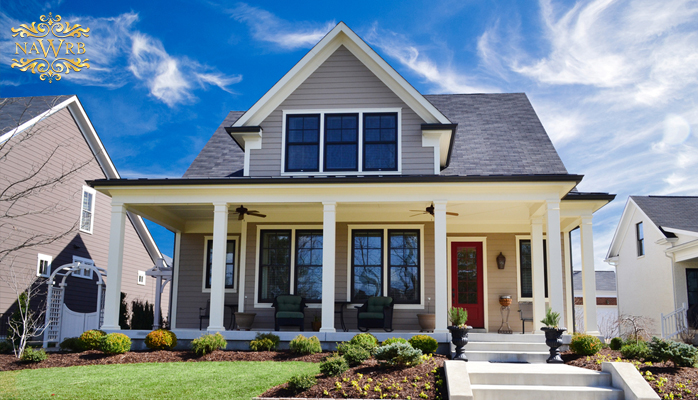Indicative of a competitive housing market with stable demand, house flipping is a practice with a lasting effect throughout the country. According to Business Insider (BI), despite comprising a steady amount of all home sales, the current national flip rate of 5 percent is comparable to non-housing bubble years and significantly lower than the 8.6 percent rate of 2006.
Increasing in some markets and enduring a decline in others, house flipping levels must be monitored in order to identify signs of an impending housing crisis. Las Vegas leads American cities in flip rate with 10.4 percent, and is followed by Fresno, CA and Daytona Beach, FL with 7.6 percent and 7.3 percent flip rates, respectively. As BI affirms, “three of the top flipping markets are within at least 70% of their 15-year peak,” meaning that these markets are fast approaching their highest flip rates in history.
The rising flip rate in these cities contrasts with that of Denver and San Francisco, where house flipping is cooling down in a potential indication of a cooling market. According to Trulia, mounting home prices in Denver could be a strong deterrent to house flippers; 4.5 percent of Denver home sales in the third quarter of 2015 were flips, down 1.2 percent in the same quarter from 2014.
Flip rate in SF declined to 3.3 percent in 2015 from 3.6 percent in 2014. In The City by the Bay, lack of inventory couples with expensive homes which are harder to sell at an even higher price once they are bought to maintain a stagnant flip rate.
Whether they are occurring rapidly or slowly, house flips have a significant effect on housing markets. As homes are bought and reentered into the housing market at significantly higher prices, home affordability inevitably decreases. In markets where homes are already high-priced, house flipping completely prices some families out of these neighborhoods.
Although flips are going down in some cities, they are predominantly declining in cities where house prices are already elevated, an elevation to which flipping contributed. Despite the lack of prevalence of home flips, the market in cities like San Francisco, San Diego and Los Angeles remains expensive and out of reach for families hoping to achieve homeownership.

 Login
Login

